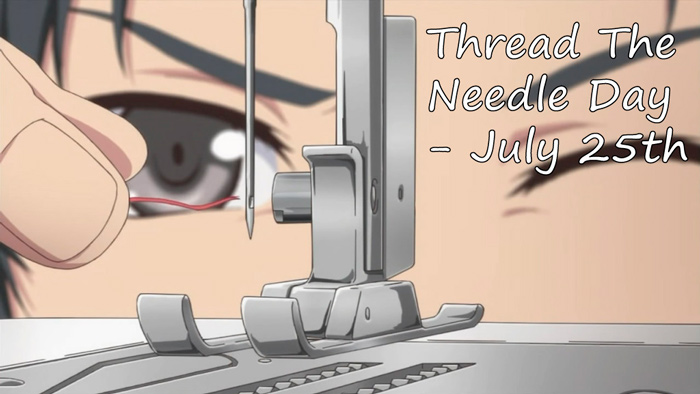International Day of Remembrance of Victims of the Slave Trade and its Elimination
August 23 is celebrated around the world International Day of Remembrance of Victims of the Slave Trade and its Elimination.
The history of the introduction of the International Day of Remembrance of the Victims of the Slave Trade and its Elimination
The establishment of this event was proposed at the 150th session of the UNESCO Executive Board. In 1791, a slave revolt took place in Haiti and San Domingo (now the Dominican Republic), which set in motion the mechanism to eliminate the slave trade in various parts of the world.
- Slavery is the tragedy of millions of people who were abused, sold as commodities and forced to work for their masters all their lives. Although there is now officially no slavery, women, men and children very often become “objects” of trade, violence and exploitation, which is an acute problem of our time.
The first commemoration of the victims took place in Haiti in 1998. Also on the coast of Senegal, a memorial ceremony was held on the island of Gore. This place used to be the center and transit point of the slave trade. In the United States, in honor of the memory of the victims of slavery, a museum was opened in Ohio. In 2001, the French Textile Museum in Mulhouse joined the campaign. A festival of stuffed chintz was organized here, which was a currency for exchanging slaves in the 17th and 18th centuries.
The purpose of the Day of Remembrance of the Victims of the Slave Trade and its Elimination
Director General of UNESCO, Audrey Azoulet, called on the ministers of culture of the organization’s member states to draw the attention of the citizens of their countries to the event, to organize relevant events, to involve young people, scientists, culture, and artists. The purpose of the memorial day is to stop human trafficking, reach public awareness, and honor the memory of those who suffered from slavery and fought for freedom.


































